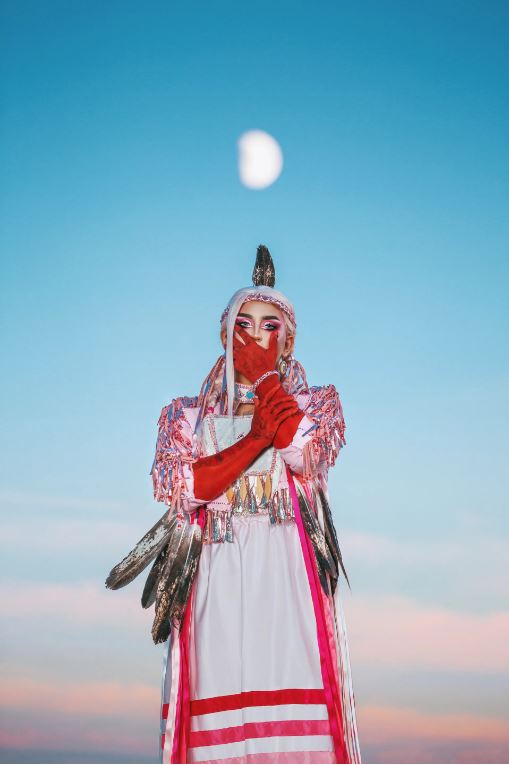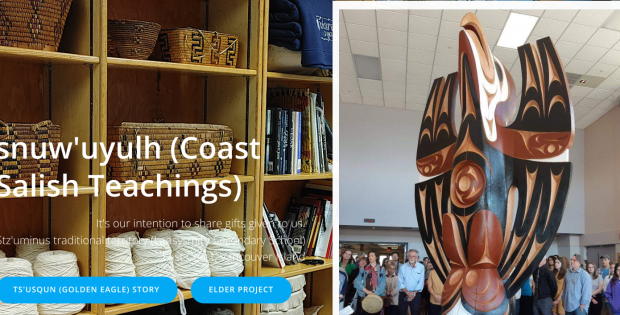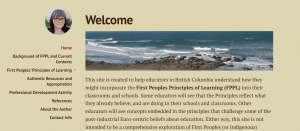
Website 1
Perpetual Salish: Coast Salish Art in the Classroom
https://legacy.uvic.ca/gallery/salishcurriculum

What is it?: Perpetual Salish: Coast Salish Art in the Classroom is an online resource center for teachers, offering cross-curricular lesson plans to engage students and facilitate their understanding of Coast Salish culture and art.
Why I chose it: This website is similar to what I am hoping to create for my final project; a resource guide for art educators. I appreciate the emphasis on contemporary ingenious artists, as opposed to museum pieces, which may lead students to the incorrect assumption that Indigenous art and culture are things of the past. However, the art project suggested on this website is for younger children, whereas I’m focusing on middle or high school ages.
Website 2
Two-Legged, Four-Legged, Winged, Finned: Patterns from Indigenous Art
https://chrishunter.ca/tag/pattern-blocks/

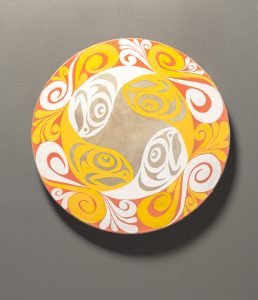
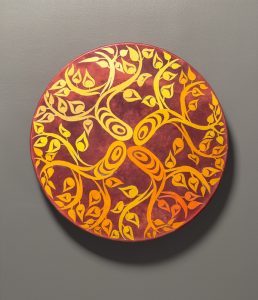

What is it?: A teacher from the Burnaby school district talking about his use of formline design elements in his math lessons.
Why I chose it: Pattern and symmetry are some of the building blocks of art, and an exploration of concentric and repeated patterns would be a great way for students to create using formline without appropriating existing designs. He also talked about the opportunity for students to learn how seasonal and environmental changes impact the lives of First Nations peoples both in the past and now, which could link in well with aspects of storytelling.
Website 3
Shaun Peterson on Coast Salish Design Elements
https://vimeo.com/65230907 AND https://vimeo.com/qwalsius
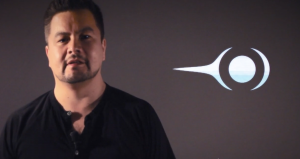
What is it?: Shaun Peterson invites viewers to “imagine a calm body of water enclosed by two borders and dropping a pebble in to create ripples that carry the elements away from the center” in this video describing the elements of Coast Salish art.
Why I chose it: This could be a good companion video for older students as they look at Coast Salish art forms. I chose it because it was made by a Coast Salish artist, and I think that it’s really important for students to learn these things from contemporary Indigenous voices, not only from their non-indigenous teachers. Part of appreciation is listening carefully to the voices from within that culture.
Website 4
Surrey’s Aboriginal Learning video page
https://aboriginalresourcesforteachers.weebly.com/videos-from-our-dcf.html
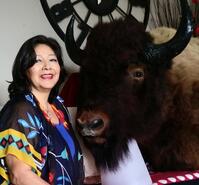
What is it?: The Surrey School District’s Indigenous resource page.
Why I chose it: There are some really great resources on this page, I particularly like the storytelling ones because I think they could be a good jumping-off point for art projects. Storytelling and oral traditions are so important, and it can be hard to incorporate authentic stories if there are no elders available to come into your room. This is a good example of using technology to facilitate Indiginous ways of learning. Understanding the stories or a culture can help us appreciate it, and begin to know which parts of it are meant to be shared, and which are closed.
Website 5
S’abadeb—The Gifts: Pacific Coast Salish Art & Artists
https://www.seattleartmuseum.org/Documents/SalishResourceGuide.pdf

What is it?: The Seattle Art Museum Educator Resource Guide Grades 3-12. It explores the unique artistry and culture of Coast Salish First Peoples of Washington State and British Columbia. The exhibition features more than 180 works of art from national and international collections that offer a glimpse into the daily and ceremonial lives of the 70 sovereign Salish Nations.
Why I chose it: This is a really dense resource guide, but there are some interesting questions and activities. One that stood out was to create a work of art based around the conflict and contrast of Indigenous nations fighting to reclaim their cultures and traditions. Building critical thinkers who are also empathetic and can put themselves into the shoes of others is so important, and I think that a project like this could be an excellent way for students to employ those skills. I think it would encourage rich discussions around the many meanings of power and exploring different ways individuals and groups make choices about using power (i.e., tribal leadership power versus governmental power, power of nature versus power of human beings, or the power of greed versus the power of generosity).
Website 6
Shapes in Coast Salish Art
https://drive.google.com/file/d/1FQyA_HpMx8DC-52FRIRIk9vlofaWZsSg/view

What is it?: An educator-created video about the indigenous inspiration for the shapes common to many Coast Salish art styles.
Why I chose it: This video focuses on Coast Salish art specific to the southern part of BC and Vancouver Island; concentric patterns. Further north is where we begin to see ovoids, and it is easy to lump these styles together because they share similar elements. This would be a good introduction for the place-specific salish art style. It’s important for students to be able to distinguish between the art styles of different local Indigenous groups in their journey of appreciation versus appropriation.
